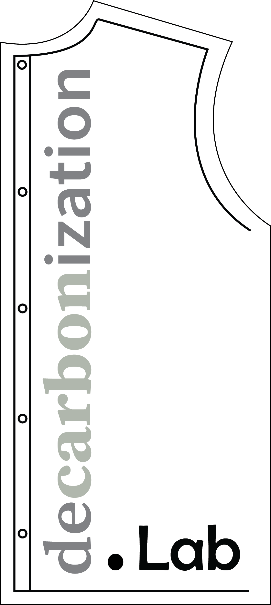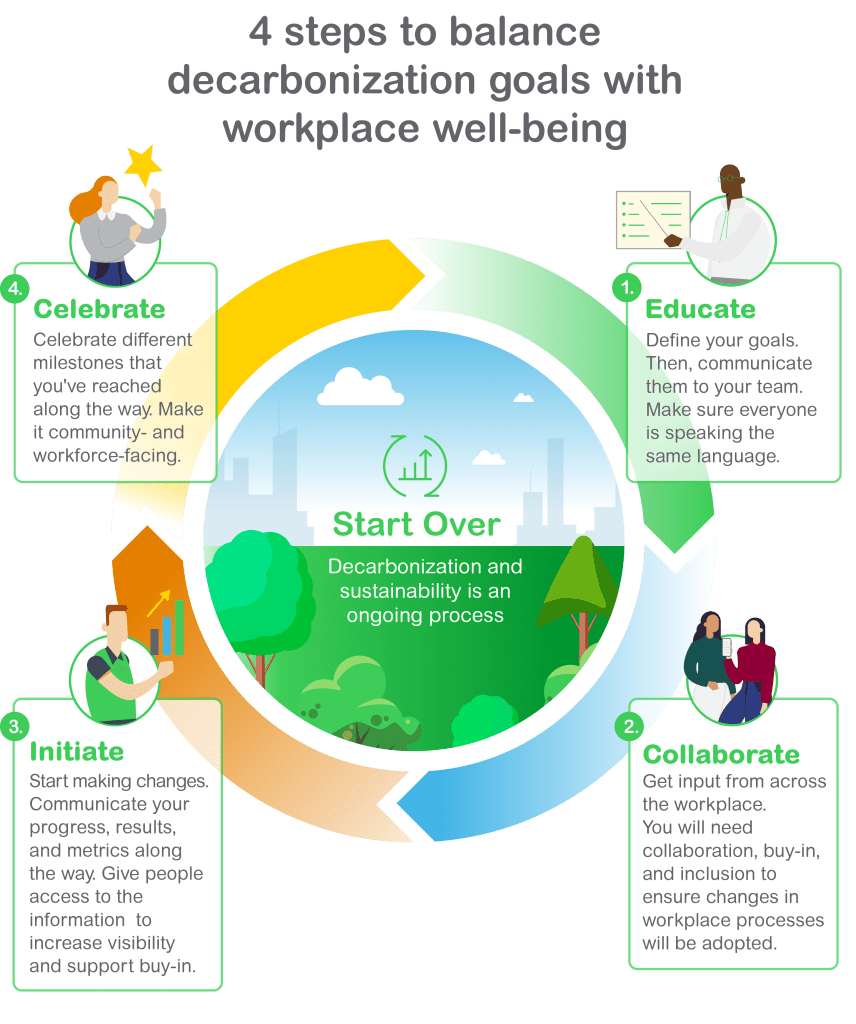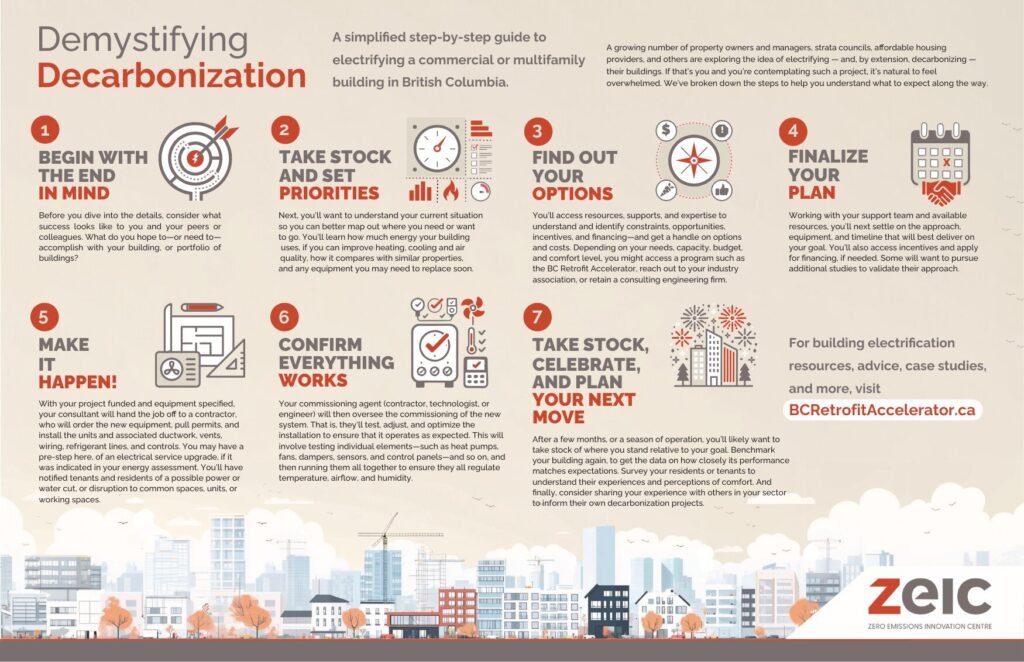Overview
This comprehensive blog post from McKinsey & Company (January 24, 2024) offers a deep dive into the “how” of decarbonization—specifically addressing the execution phase for consumer goods companies. It walks through four essential steps for effectively transforming emission reduction plans into action. The article is rich, practical, and likely well over 1,200 words given its detailed structure McKinsey & Company.
Why This Post Is a Strong Second Choice
- Action-Oriented Guidance: Moves beyond definitions and value claims to provide concrete, actionable steps toward implementation.
- Structured Framework: Clearly outlines a four-step roadmap: building a detailed plan, engaging stakeholders, embedding reporting, and developing capabilities.
- Credible & Sector-Specific: Tailored to consumer goods firms—with challenges like Scope 3 emissions particularly relevant due to complex supply chains McKinsey & Company.
Key Highlights from the Article
1. Establish a Detailed Implementation Plan
- Craft a robust, time-based roadmap that sequences decarbonization initiatives thoughtfully.
- Assign clear ownership for each action item and use real-time monitoring systems to track progress.
- Emphasizes transparent progress tracking and accountability as foundations for success McKinsey & Company.
2. Engage Stakeholders Across the Organization and Value Chain
- Decarbonization must be embedded across all levels—leadership, departments, suppliers, and partners.
- Involve executives visibly (e.g., link to compensation, adopt internal carbon pricing, include sustainability in investment criteria) to drive cultural change and resource allocation McKinsey & Company.
3. Embed Effective Reporting Mechanisms
- Though not fully detailed in the excerpt, the tone suggests establishing clear metrics, regular reporting, and transparent dashboards to enable swift corrective action and stakeholder trust.
4. Build Necessary Capabilities
- Focus on long-term institutional capability: training, skill-building, governance, and infrastructure that support decarbonization is crucial (implied in the article’s broader framework) McKinsey & Company.
Summary Table
| Step | Action | Purpose |
|---|---|---|
| 1⃣ | Detailed implementation plan | Clarifies timing, leadership, feasibility |
| 2⃣ | Stakeholder engagement | Builds cultural alignment and accountability |
| 3⃣ | Reporting mechanisms | Ensures transparency and course correction |
| 4⃣ | Capability-building | Sustains the transformation over time |
Why It Stands Out
- In-depth Practicality: This post doesn’t just inspire; it equips organizations with a structured path to follow.
- Relevance to Corporates: Especially valuable for businesses wrestling with comprehensive decarbonization and supply-chain complexities.
- Strategic Value: Encourages decarbonization to be seen not as a cost, but as performance transformation that can unlock efficiencies and new growth paths.
Next Steps
Interested in digging deeper? I can help with:
- A full-length read or download link to the complete McKinsey article.
- Extracting more detail on stakeholder engagement, metrics, or capability development.
- Finding similarly structured long-form content tailored to other sectors like manufacturing, agriculture, or public services.
Just let me know how you’d like to proceed!



